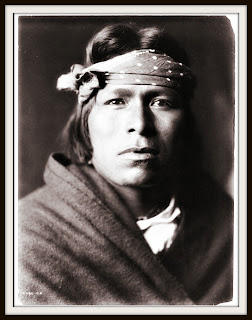Able Strategist

Lope de Aguirre 1518 to 1561 Spanish Conquistador Lope de Aquirre was the self-proclaimed rebel leader of ill-fated descent of the Amazon River. Few sixteenth-century Spanish explorers have secured his notoriety. He was a soldier from Onate, in the province of Guipuzcoa, Spain, who joined the Pedro de Ursua expedition to the Amazon. Aguirre was one of the instigators of a plot to assassinate Ursua, and at first supported Fernando de Guzman to replace the slain Ursua. As the group traveled against great odds downstream, discipline disintegrated, Indian carriers were abandoned, and an increasing number of men were killed in brawls. Aguirre captained Guzman's militia, heading fifty Basque harquebusiers, which is a soldier armed with a portable gun called a harquebus. Paranoid filled with delusions of grandeur, he cowed followers and massacred Guzman and all others suspected of disloyalty. Challenging the authority of king and church, Aguirre argued that the land belonged ...








